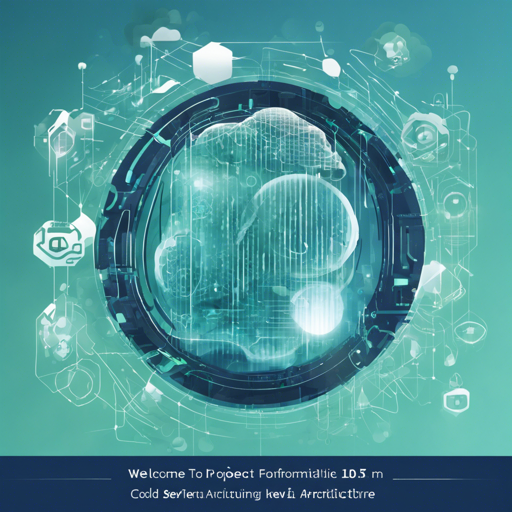K3ai is a lightweight tool to get an AI Infrastructure Stack up in minutes, not days.
NOTE on the K3ai Origins
The original K3ai Project was developed at the end of October 2020 in just 2 weeks by:
K3ai v1.0 has been entirely re-written by Alessandro Festa during October 2021 to offer a better User Experience.
Thanks To
Special thanks to the amazing people and projects that contributed to creating the K3ai project, including:
- Docusaurus – For its simplicity and ease of use for websites.
- Undraw – For the amazing artwork by Katerina Limpitsouni (Twitter).
- Get Emoji – Because we all need some emoji in our life, right?
- CLIG – The inspiration behind the Command Line Guidelines manifesto.
Quick Start
Let’s discover K3ai in three simple steps.
Getting Started
To get started, download K3ai from the release page here. Or, you can try the K3ai companion script using the following command:
curl -LO https://get.k3ai.in | shLoad K3ai Configuration
To start loading the configuration, run:
k3ai upDuring the first run, K3ai will prompt for a GitHub PAT (Personal Access Token) to avoid API call limitations. For more details on creating one, check the GitHub Documentation. Your personal GitHub PAT only needs read repository permission.
Configure the Base Infrastructure
Choose your favorite Kubernetes flavor and run it:
To see available K8s flavors, run:
k3ai cluster list --allDeploying Your Cluster
Now let’s deploy a cluster using the command:
k3ai cluster deploy --type k3s --n myclusterInstall a Plugin for AI Experimentation
Once your server is up and running, type:
k3ai plugin deploy -n mlflow -t myclusterThis command will print the URL to access the MLFlow tracking server at the end of the installation. And just like that, you’re ready to have fun with K3ai!
Push Code to AI Tools
To push some code to the AI tool (e.g., MLFlow), run:
k3ai run --source https://github.com/k3ai/quickstart --target mycluster --backend mlflowWait for the run to complete, and then log in to the backend AI tool (like the MLFlow UI at YOUR IP:30500).
Current Implementation Support
Operating Systems Supported
| Operating System | K3ai v1.0.0 |
|---|---|
| Linux | Yes |
| Windows | In Progress |
| MacOs | In Progress |
| Arm | In Progress |
K8s Clusters Supported
| K8s Clusters | K3ai v1.0.0 |
|---|---|
| Rancher K3s | Yes |
| VMware Tanzu Community Edition | Yes |
| Amazon EKS Anywhere | Yes |
| KinD | Yes |
Available Plugins
| Plugins | K3ai v1.0.0 |
|---|---|
| Kuebflow Components | Yes |
| MLFlow | Yes |
| Apache Airflow | Yes |
| Argo Workflows | Yes |
Troubleshooting
If you encounter issues:
- Ensure that your GitHub PAT has the correct permissions.
- Check your internet connection to avoid interruptions during setup.
- Look for additional logs for any failed commands.
- Refer to community forums for common issues or troubleshooting tips.
For more insights, updates, or to collaborate on AI development projects, stay connected with fxis.ai.
Conclusion
At fxis.ai, we believe that such advancements are crucial for the future of AI, as they enable more comprehensive and effective solutions. Our team is continually exploring new methodologies to push the envelope in artificial intelligence, ensuring that our clients benefit from the latest technological innovations.





